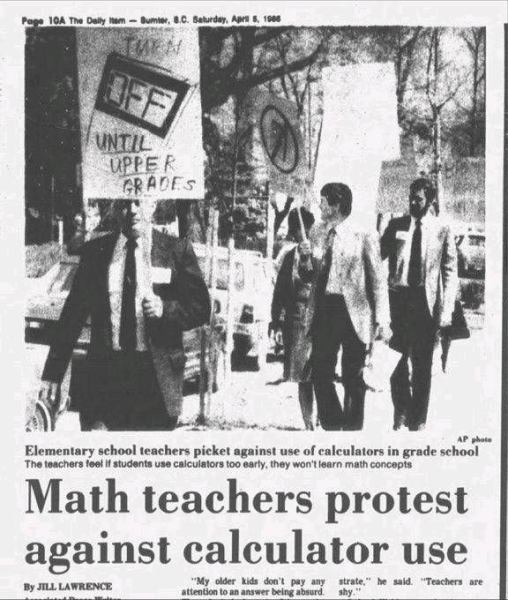U-M Dearborn Engineering professor Kas Kasravi has been at the forefront of GenAI use for decades; and since moving his role in development at HP to teaching, he has also transferred the necessity of implementing AI. I had the opportunity to speak with him regarding his application of U-M’s AI tools in the classroom, and I left our meeting with a grasp on the use of these tools far broader than summarizing class projects.
Originally, I sat down with Professor Kasravi to discuss his use of U-M GPT within the strict boundaries of his design prototyping classroom, more specifically, using the tool to help students raise the level of abstraction from syntax to logic. This use case, highlighted by U-M’s CIO, Ravi Pendse, showed how chatbots, like U-M GPT, have the ability to summarize. From a research paper paraphrased in a few bullet points for a “TL;DR” to Kasravi’s use of raising syntax to a logical overview, summarization is a major strength of chatbots. Yet, apart from summarization, it’s evident many teachers, and students alike, are worried that emphasizing the use of GenAI tools will halt independent thinking. But, once I started asking questions regarding this specific use, Professor Kasravi began a much more impactful conversation: how GenAI is actually emphasizing critical thinking skills.

Being aware of how many people look at GenAI tools as a termination of intellect, I was curious about Professor Kasarvi’s perspective. Consequently, I brought up this idea to him. While ensuring no offense to those that think this, he explained this notion is simply a lack of complete comprehension. He went on to explain that AI is all about understanding the process. Any tool can be used incorrectly, and assuming GenAI to be overtaking creativity and thinking is grossly uneducated. To fully emphasize this point, he pulled out a traditional calculator, explaining that far before our time, the calculator was thought of as a threat to education.
Yet, as it obviously integrated its way throughout education, it allowed students to begin solving much more complex problems. As evident in the conversation of GenAI, it is not what skills will be replaced (like the multiplication tables), but rather what can be gained (such as the ability to statistically analyze data). In Professor Kasravi’s words, “There’s no value in memorizing a multiplication table. The question is, what do you accomplish by multiplying?”
Past his eagerness to explain how these tools should be adopted, he illustrated a major advantage of using them–the ability to quickly access knowledge. The original use case provided proved to be rooted in this same thought process, if students have quicker access to knowledge, more can be readily accomplished. Professor Kasravi connects a Maizey project to each of his classes and offers students the opportunity to use GenAI tools during exam time. He explained that with these tools in mind, his exams are focused on how quickly students can arrive at the answers, as opposed to tedious memorization of syntax (such as where parentheses or commas are placed). Students are then put in a real world situation in which all tools are available to them, but their use must be strategic. Student’s thinking is instead focused on a larger scale, and it is evident in their work that these tools have uprooted the baseline of work. Based on years past, Professor Kasravi spoke on the increase in student performance in terms of problem and development complexity.
Yet, as with all tools, it is necessary to keep in mind there can be incorrect uses. Prior to implementing U-M GPT into his curriculum, each topic is tested both with his own expert knowledge and a second set of eyes on topics he’s not as well versed in. As expected, classes like engineering economics are not very well suited to GenAI use, given the content is heavily dependent on contextual and qualitative conditions. But, classes like prototype design that rely more on iterative learning and idea generation are a much better fit for GenAI’s competencies.
Based on the developments and applications we’ve seen of GenAI tools in the past few years, they will undoubtedly play an increasing role in education and work as early as today. Thus, understanding how to implement these tools in curriculum and everyday life is essential if we want to be raised to the new heightened level of learning that is supplemented by these tools. And if more convincing is needed, just know, I still don’t know my multiplication tables…even after acing calc II.

